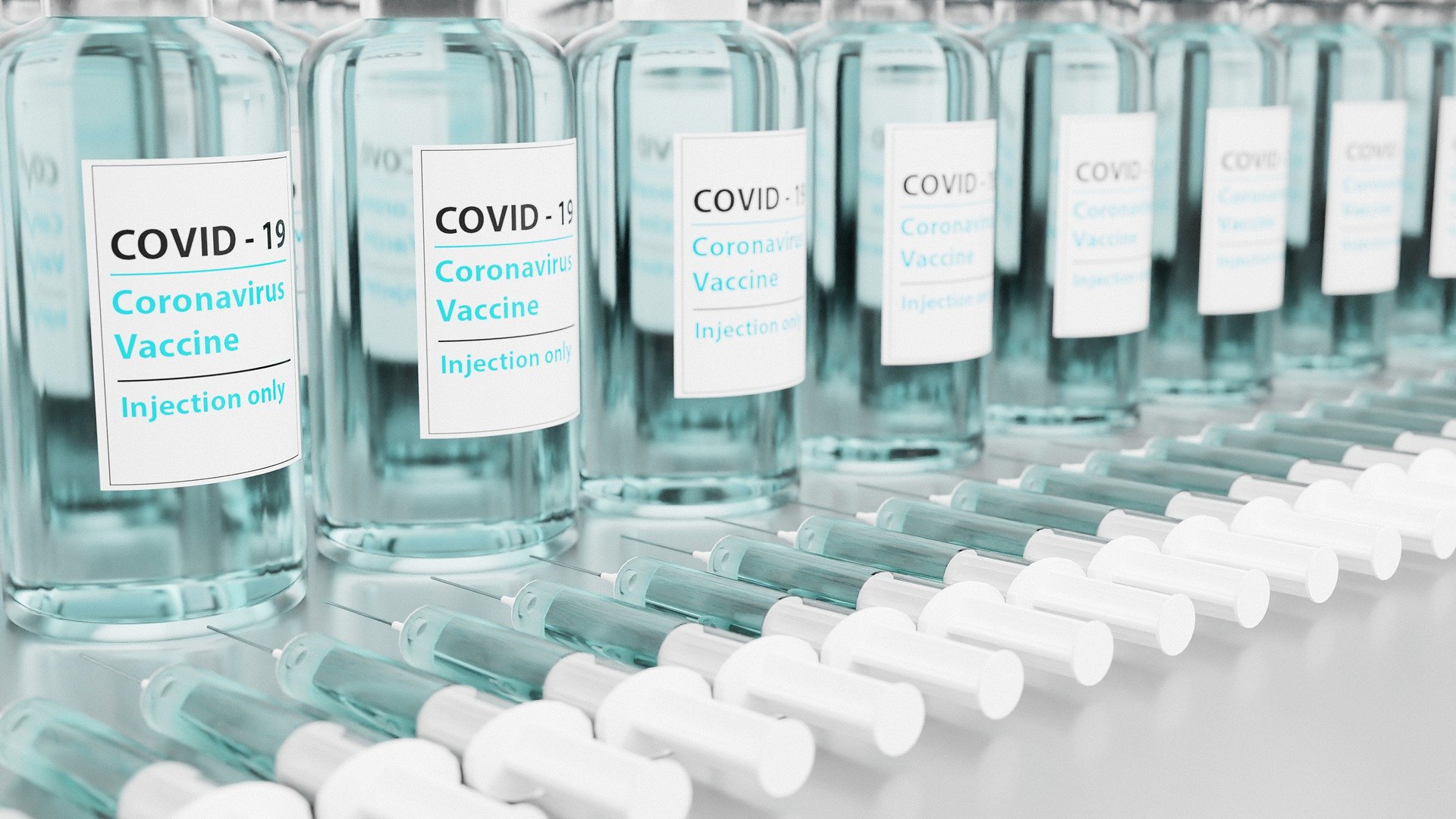COVID-19: The pandemic of scientific oblivion
Abstract
It has been already twelve months (or an eternity in COVID-19 times) since the first cases of severe atypical pneumonia of unidentified etiology were reported in Wuhan, China. A new betacoronavirus from the SARS and MERS family was the etiologic agent in those cases. It was initially defined as 2019-nCoV and then as SARS-CoV-2 to relate it to its predecessor. The disease produced by it was named COVID-19.
The first reports from China showed the true dimension of the problem. An R0 greater than 2 forced us to think of exponential rather than linear growth. The case fatality rate was reported to be close to 3% and that rate increased with increasing patient age.
The initial discussion was whether the case fatality was high or low, higher or lower than seasonal influenza, acute community-acquired pneumonia or dengue, but the real problem was neither in the R0 nor in the fatality, but in the combination of both elements. Perhaps aided by the exponential growth bias (difficulty in understanding how fast this growth can be) and the remoteness of China, the virus arrived like a tsunami to Northern Italy and then to the rest of the poorly named “old continent.” And almost like the chronicle of an end foretold, in the first days of March 2020, the first case of COVID-19 was reported in Argentina. From that moment on, it is known history. Terms such as "social distancing", "flattening the curve" and "quarantine" became part of our everyday life.
The furor curandis to find an effective treatment caused the scientific world to enter almost without realizing it into a kind of collective insomnia and oblivion. Magical realism prevailed over the scientific method. Molecules with no scientific support other than some in vitro effectiveness became the irrefutable fallacies of the moment. Thus, at the beginning of the pandemic, hydroxycloquine (monotherapy or in combination with azithromycin), lopinavir/ritonavir and tocilizumab were the mainstays of COVID-19 treatment. More recently, the indiscriminate use of convalescent plasma, ivermectin and inhaled ibuprofen. The quasi-criminal promotion, even on TV, of the use of chlorine dioxide deserves a separate chapter.
The dissemination of preprints (versions of manuscripts before peer review) was faster than the virus itself and set the scientific course. Strikingly or not, many of these preprints were never published in any peer-reviewed scientific journal.
The maelstrom reached such a level that several published scientific articles had to be retracted. Perhaps the most paradigmatic cases were those published in two of the world's most prestigious medical journals, The Lancet and The New England Journal of Medicine. Both were forced to remove these articles as they were based on questionable data and not shared with the co-authors and editors involved.
It is important not to forget that medical knowledge is essentially built with the scientific method, which is based on experimentation and verification. This way, the first results of well-designed clinical trials emerged as a true antidote to the pandemic of scientific (dis)infodemic.
Studies such as RECOVERY and SOLIDARITY reported that the standards up to that time of COVID-19 treatment had zero clinical effectiveness, and the most unlikely player, dexamethasone, reduced mortality in patients with O2 requirement. Similarly, two research studies conducted in Argentina showed the patients in which convalescent plasma would be useful.
To date, more than 85,000 scientific papers on COVID-19 have been published. However, only 180 are randomized, controlled clinical trials (Source: Pubmed).
With respect to vaccines, there were no magic or quick fixes, only a few attempts to use the BCG vaccine that did not materialize. The development of different vaccines was guided by the scientific method. One year after the start of the pandemic, we have more vaccines approved for emergency use (Pfizer, Oxford-AztraZeneca, Moderna, Sputnik V [Gamaleya Institute], Sinpharm), and 20 others in phase 3, than ever before in the history of medicine. However, the development of vaccines was not without some controversy. Technical and communication problems sometimes undermined the credibility of the long-awaited vaccines. Fortunately, good science always trumps bad press, and the world is heading towards an unprecedented vaccination campaign.
As a scientific community we must learn that the solution to a new disease comes from pragmatic and well-designed clinical studies, with results that, although not immediate, can benefit or at least not harm (primum non nocere) millions of people.
May the insomnia of seeking a cure not bring us oblivion.
“He opened the suitcase crammed with indecipherable objects, and from among them he took out a briefcase with many jars. He gave José Arcadio Buendía a mild-colored substance to drink, and light was made in his memory. His eyes watered with tears, before he saw himself in an absurd room where the objects were marked, and before he was ashamed of the solemn nonsense written on the walls, and even before he recognized the newcomer in a dazzling glow of joy. It was Melquíades... Thus Macondo celebrated the end of the plague." Excerpt from the book "One Hundred Years of Solitude", by Gabriel García Márquez.
Downloads






